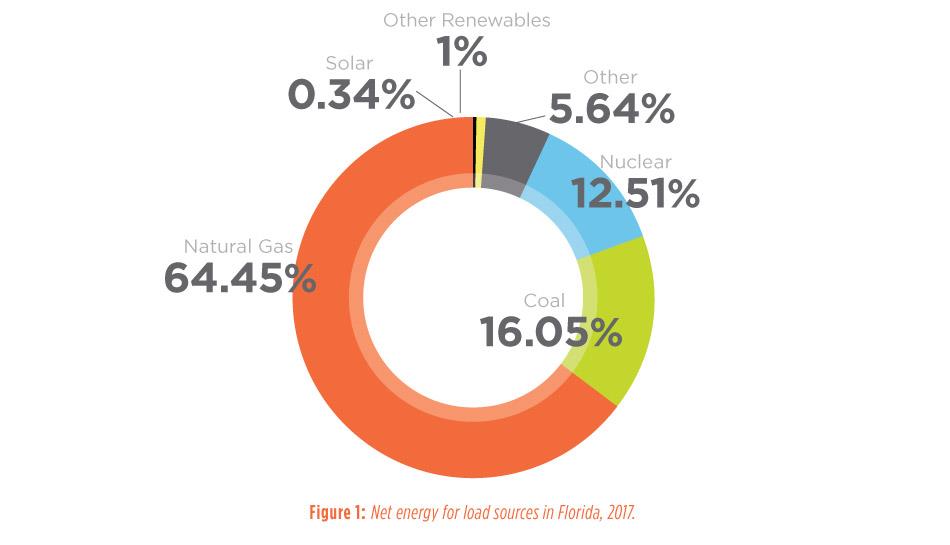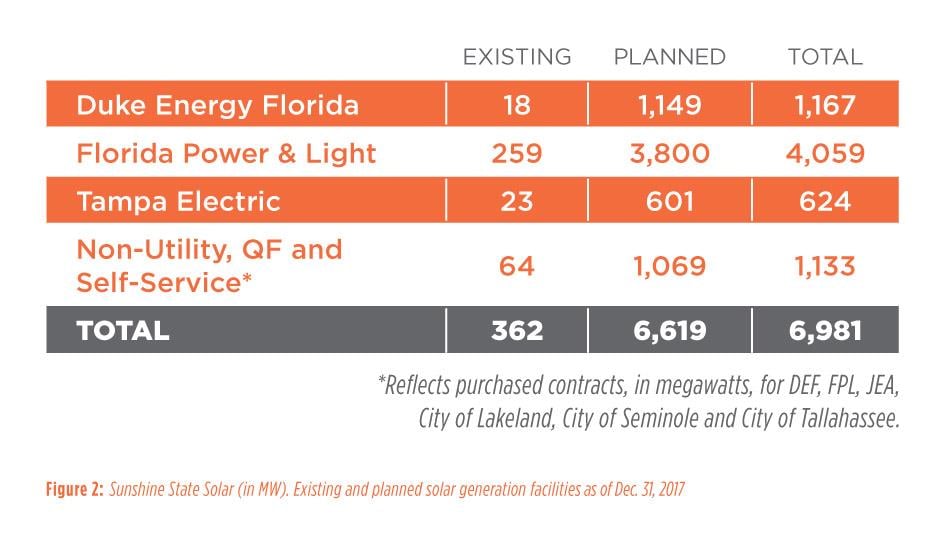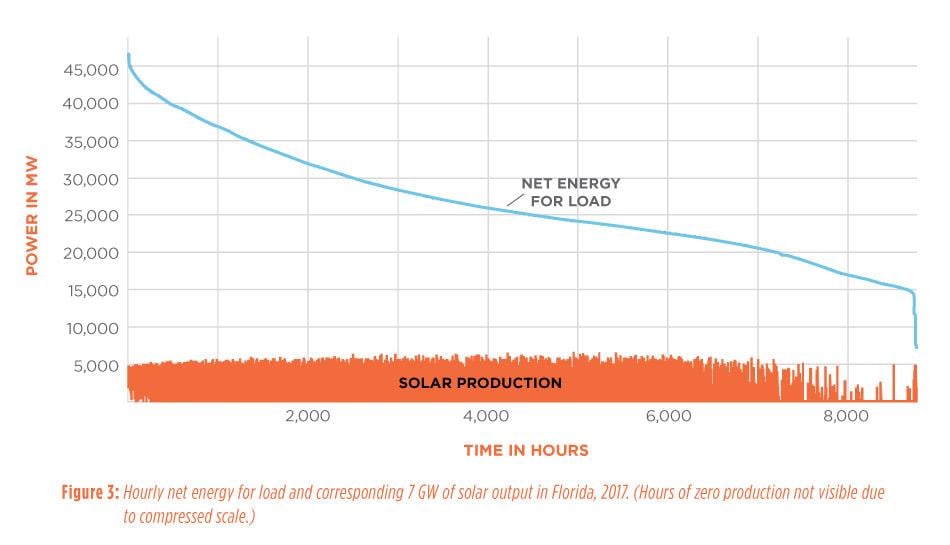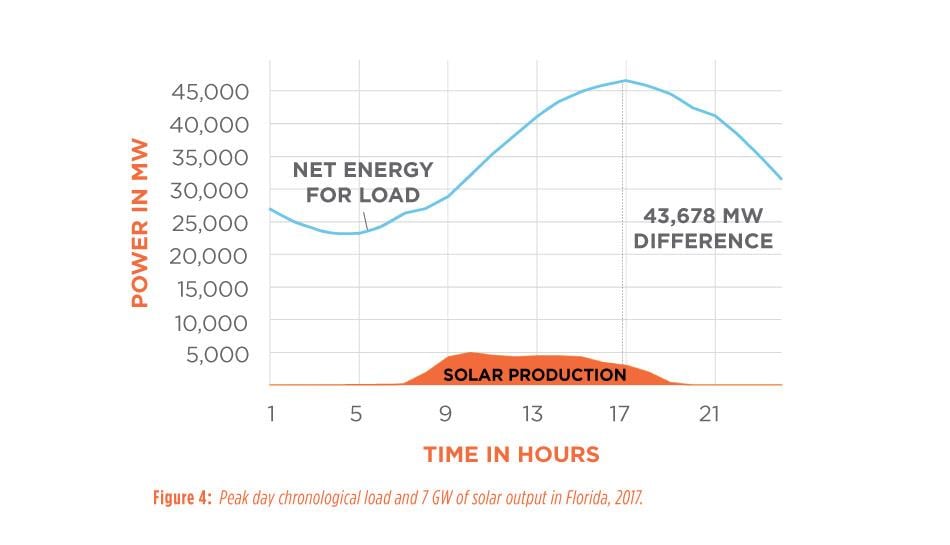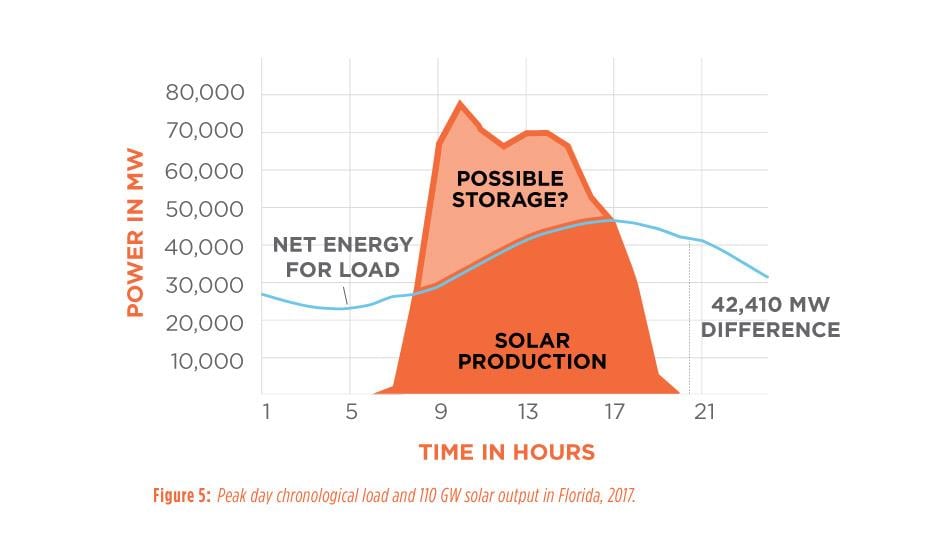The power industry is experiencing a big shift. More renewable resources are being included in the power generation mix and several states are setting ambitious green energy goals. Policy announcements have become more frequent in recent months, yet there has been little discussion of the power infrastructure changes or associated costs required to achieve 100% renewable energy goals.
Admittedly, these are difficult conversations. It’s hard to know how technologies will evolve or what consumption and energy prosumers will look like 10 years from now. Some current assumptions — for instance, that the cost of renewables will continue to decrease or that customers are willing to pay more for renewables — may not stand the test of time. A tendency to focus on annual data glosses over the challenge of balancing supply, demand and environmental conditions on an hourly, and even subhourly, basis.
Further complicating matters is the 20- or 30-year investment timeline for major infrastructure. Turning back from these decisions is costly and nonproductive. Every available technology must be evaluated carefully in advance. Legislation proposed recently in Florida provides an interesting example of how to go about identifying the most cost-effective way to service customer loads with renewable resources.




